Table of Contents
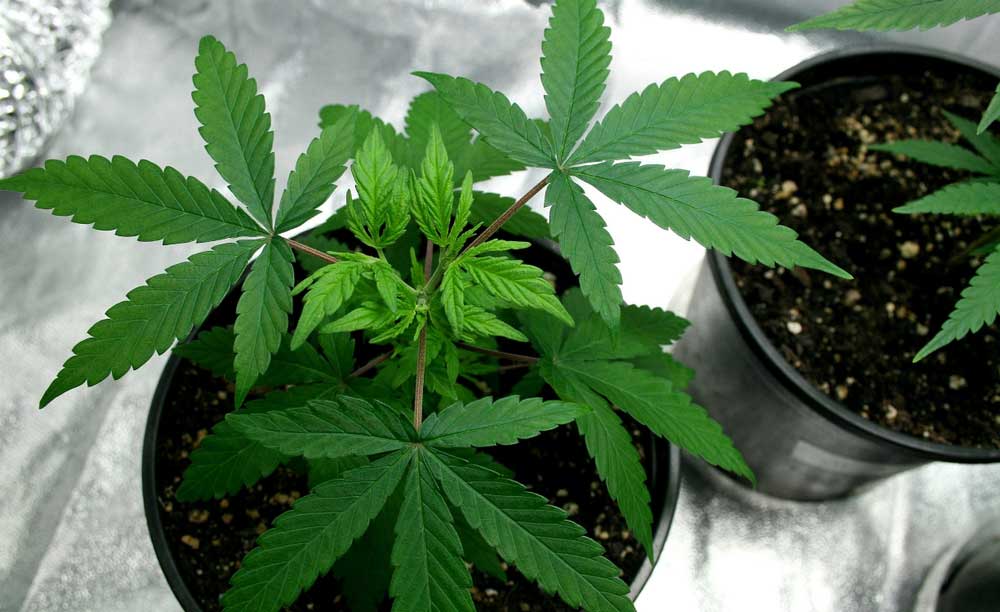
The Cannabis genus originated somewhere in Asia over 12,000 years ago and has ever since spread across all the different continents. Nowadays, these plants have evolved enormously thanks to us, humans. Marijuana breeders have combined different species over the years to create totally new strains of plants.
One of the biggest evolution was the feminization of cannabis plants. This is quite a breakthrough in the complex world of marijuana because only female flowers produce actual psychoactive effects. After years of crossing different plants, breeders have found a way to create plants that have a 99% chance to be a female.
So, how do we create female plants? First, we need to know how to tell the difference between a male and a female cannabis plant.
Cannabis plants go through two stages, the vegetative phase, and the flowering phase. In the vegetation stage, it is close to impossible to tell the plant’s gender. Plants spend all their efforts on growing bigger and taller during this stage.
Once the plants switch to its flowering phase, they focus on growing flowers. At this point, we can now tell whether a plant is male or female. Male weed plants have grape-like balls, which look like a cluster of small flowers, that open up to produce pollen. They do not have any pistils on them. If the male is allowed to continue to grow, theses balls or pollen sacs will eventually burst open and let their pollen out.
Female plants are easy to recognize, as the first thing you’ll see is at least one or two wispy white hairs or pistils protruding from their calyxes. All cannabis growers are after these female weeds because they produce the buds that contain the most THC concentration and rich cannabinoid profiles. Having a garden of unpollinated females means a continuous supply of psychoactive nuggets.
Now that we have understood the process of identifying a male vs. a female cannabis plant, we need to know how to possibly grow all-female weeds from seeds on every plant, every time.
When growing marijuana from seeds, you will only have lesser chances of getting female seeds as, statistically, regular cannabis produces 75% or more male seeds per crop. In order to increase our chances of getting up to 99% feminized seeds, here are some techniques and tricks of the trade that many experienced breeders swear on.
The stability of the growing environment is important to increase the chances of getting a female plant from your crop. Studies have shown that environmental stress tends to produce more males and lesser females. A stable environment covers all the essential requirements needed to grow a marijuana plant. This includes temperatures, humidity, light cycles, and nutrient feedings.
As soon as the seed has its first few pairs of leaves, influencing the settings to have lower temperatures and higher humidity will contribute to an increase in female development. Once these have been set, both temperatures and humidity in air and soil should have as few fluctuations as possible. A humidity level of at least 70% to 80% RH is the ideal level for healthy female plants. This ensures that the growing medium does not dry out too much or becomes too soggy and drenched with water. Either way, the plant will become stressed, and this will encourage more male development.
As the plants grow to become pubescent plants, make sure to adjust the humidity levels to an exact 70% RH. Using the necessary tools like a humidifier or dehumidifier and a hygrometer will ensure that we are able to maintain stable conditions.
Once the plant reaches its flowering stage, adjust the levels gradually to reach 40% to 50% RH. The keyword here is “gradually.” An abrupt change will, needless to say, stress the plants and result in problems for the cannabis flowers.
Lightcycles should also be maintained at the same length every day and basically should begin and end at the same time. While it is always tempting to expose the plants to more hours of light to encourage faster growth, studies have shown that longer hours of daylights tend to produce more males. On the contrary, fewer hours of daylight will increase the likelihood of females developing.
For your cannabis plants, exposing them to nothing more than a 14-6 day-night photoperiod will maximize the chances of females. Some breeders may opt to increase this to an 18-6 light cycle, and add an extra week of vegetation, as shorter day length slows the growth of the plants. The 18-6 photoperiod is still acceptable as long as they do not go over 18 hours. Otherwise, the likelihood of males increases by as much as 70% to 100%. Patience during the vegetative phase is greatly rewarded.
Natural light may appear white to us, but it is actually made up of different colors. And cannabis plants are influenced on how to grow based on the spectrum of light that they receive. Red lights increase the likelihood of male plants, while blue lights encourage female development. Blue lights include white and blue fluorescent lights and metal halide lamps. They are blue based on their spectrum and imitate the natural light we get during spring and summer times more effectively.
Plants use mineral nutrients, including nitrogen and potassium, to grow. Cannabis breeders develop specific nutrient programs for their plants to influence their plants’ shape, size, potential, and even gender. By increasing nitrogen levels slightly and decreasing potassium, cannabis growers can increase the likelihood of female development. Additionally, nutrient mixes should be exact on every feeding, especially during the vegetative phase, as any sudden spikes or dips in the mixes will cause stress on the cannabis plants.
Following these simple and easy-to-follow tips will maximize female cannabis development, but it does not work every single time. However, surveys have shown that it does work 99% of the time, which is still a pretty good number. The general idea here is to grow regular seeds in a resource-efficient and stress-free way in order to get female weeds all the time.
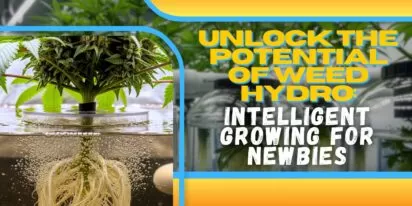
Curious about growing weed in a healthy, effective way? Welcome to the realm of weed hydro! This method uses water instead of soil, delivering n

Peyote Zkittlez is a unique cannabis strain that has quickly gained dedicated followers among enthusiasts and patients alike. Its parentage—Zk
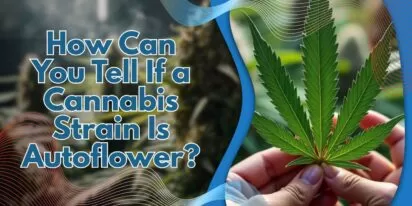
As growers, we want strains that work well, are strong, and are of good quality. Autoflowering cannabis strains are a big step forward for both

Pot growers always ask the same basic question: How much weed does a weed plant produce? The answer is complex and depends on a multitude of var

Ever had the room spin after a few hits? You're not alone. Figuring out how to prevent getting dizzy high can make your cannabis experience a wh
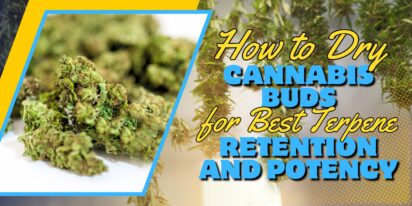
Drying cannabis properly is a critical process in preserving the plant's full aroma and flavor and its psychoactive abilities. Tampering with th

Ever caught yourself a bit too high and all of a sudden in need of being normal? Whether you're heading out for munchies or bumping into someone

Looking for sage advice on how not to get pinched with weed without batting an eye? Attempting to protect your stash from gossipy roommates, sno
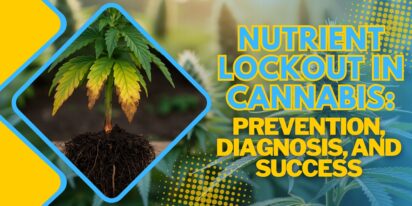
Nutrient lockout, also known as nutrient binding or chemical antagonism, is a significant issue in cannabis cultivation that negatively impacts
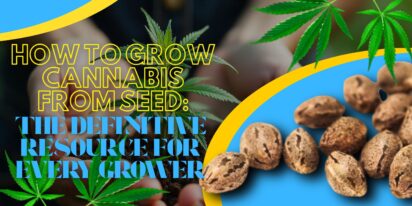
Germination is the most critical initial stage in growing healthy, high-quality cannabis plants. During germination, the dormant seed becomes a
Are You 18 Or Over?
By selecting “Continue”, you confirm that you are at least 18 years of age and legally permitted to access cannabis related content in your region.
By using Rocketseeds.com, you agree to our legal disclaimer.
Excellent blog here Also your website loads up very fast What web host are you using Can I get your affiliate link to your host I wish my web site loaded up as quickly as yours lol
Your writing is not only informative but also incredibly inspiring. You have a knack for sparking curiosity and encouraging critical thinking. Thank you for being such a positive influence!
Simply wish to say your article is as amazing The clearness in your post is just nice and i could assume youre an expert on this subject Well with your permission let me to grab your feed to keep updated with forthcoming post Thanks a million and please carry on the gratifying work
Somebody essentially lend a hand to make significantly articles Id state That is the very first time I frequented your website page and up to now I surprised with the research you made to make this actual submit amazing Wonderful task
Your blog is a beacon of light in the often murky waters of online content. Your thoughtful analysis and insightful commentary never fail to leave a lasting impression. Keep up the amazing work!
Thank you for the auspicious writeup It in fact was a amusement account it Look advanced to more added agreeable from you By the way how could we communicate
Your blog is a constant source of inspiration for me. Your passion for your subject matter shines through in every post, and it’s clear that you genuinely care about making a positive impact on your readers.
Your blog is a constant source of inspiration for me. Your passion for your subject matter is palpable, and it’s clear that you pour your heart and soul into every post. Keep up the incredible work!
Your articles never fail to captivate me. Each one is a testament to your expertise and dedication to your craft. Thank you for sharing your wisdom with the world.
Your blog is a testament to your dedication to your craft. Your commitment to excellence is evident in every aspect of your writing. Thank you for being such a positive influence in the online community.
Your writing has a way of resonating with me on a deep level. I appreciate the honesty and authenticity you bring to every post. Thank you for sharing your journey with us.
Your blog is a true gem in the world of online content. I’m continually impressed by the depth of your research and the clarity of your writing. Thank you for sharing your wisdom with us.
Hi i think that i saw you visited my web site thus i came to Return the favore Im attempting to find things to enhance my siteI suppose its ok to use a few of your ideas
Somebody essentially help to make significantly articles Id state This is the first time I frequented your web page and up to now I surprised with the research you made to make this actual post incredible Fantastic job
Usually I do not read article on blogs however I would like to say that this writeup very compelled me to take a look at and do so Your writing taste has been amazed me Thanks quite nice post
Your blog has quickly become one of my favorites. Your writing is both insightful and thought-provoking, and I always come away from your posts feeling inspired. Keep up the phenomenal work!
Every time I visit your website, I’m greeted with thought-provoking content and impeccable writing. You truly have a gift for articulating complex ideas in a clear and engaging manner.
Hey there You have done a fantastic job I will certainly digg it and personally recommend to my friends Im confident theyll be benefited from this site
I have read some excellent stuff here Definitely value bookmarking for revisiting I wonder how much effort you put to make the sort of excellent informative website
Nice blog here Also your site loads up very fast What host are you using Can I get your affiliate link to your host I wish my site loaded up as quickly as yours lol
What i do not understood is in truth how you are not actually a lot more smartlyliked than you may be now You are very intelligent You realize therefore significantly in the case of this topic produced me individually imagine it from numerous numerous angles Its like men and women dont seem to be fascinated until it is one thing to do with Woman gaga Your own stuffs nice All the time care for it up
Your blog is a beacon of light in the often murky waters of online content. Your thoughtful analysis and insightful commentary never fail to leave a lasting impression. Keep up the amazing work!
Your blog is a breath of fresh air in the often stagnant world of online content. Your thoughtful analysis and insightful commentary never fail to leave a lasting impression. Thank you for sharing your wisdom with us.
Your blog is a beacon of light in the often murky waters of online content. Your thoughtful analysis and insightful commentary never fail to leave a lasting impression. Keep up the amazing work!
Usually I do not read article on blogs however I would like to say that this writeup very compelled me to take a look at and do it Your writing style has been amazed me Thank you very nice article
Your writing has a way of resonating with me on a deep level. I appreciate the honesty and authenticity you bring to every post. Thank you for sharing your journey with us.
This hydroponics guide is quite the buzz, seriously! Who knew growing weed without dirt could be so complicated yet potentially rewarding? The breakdown of systems like DWC and NFT is helpful, though I suspect my cat might confuse the air pump for a toy. The idea of cleaner buds is tempting, especially since explaining hydro weed to my non-growing friends might get messy. And the bit about potential dizziness from hydro weed? Perfect, now I have an excuse for why I always stumble a bit after a grow session. Still, the promise of faster grows and higher yields is hard to ignore, even if it means more trips to the pH meter than to the coffee shop. Overall, a cultivating read for the curious grower!